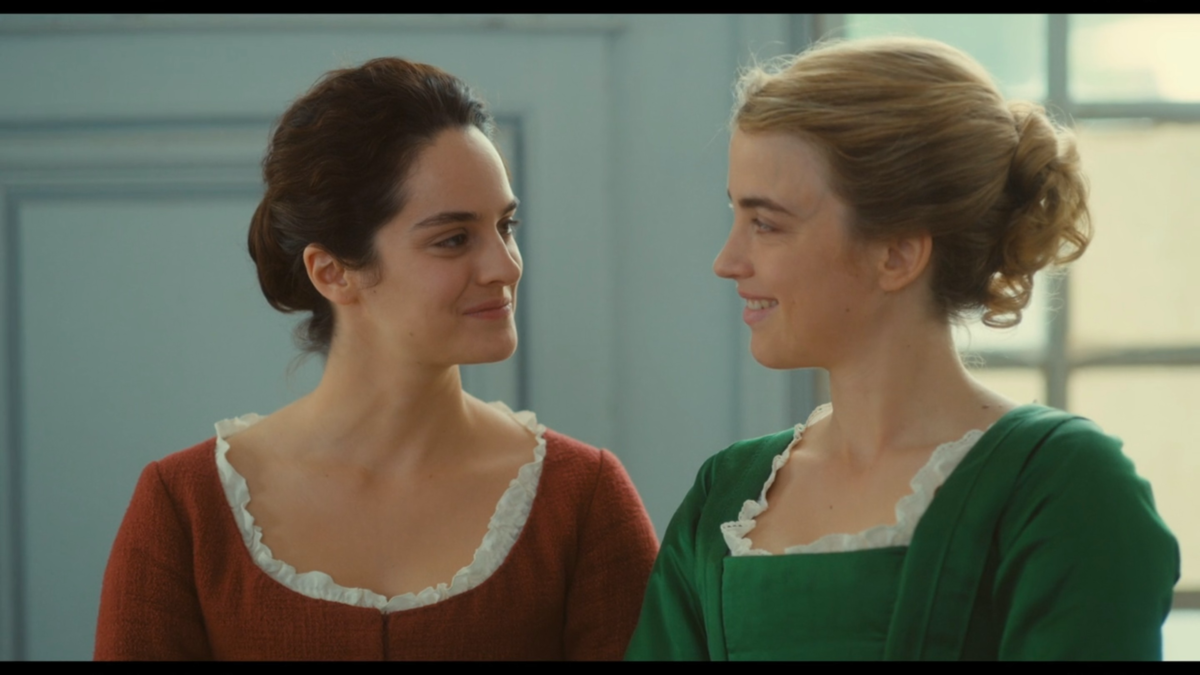Category: Viewer
Montage and other editing methods used in All The Heaven Allows
Montage sequence is used throughout the film of All That Heaven Allows to construct the central conflicts of characters, including conflicts between characters, conflicts between character and society... Read MorePortrait of a Lady on Fire: The Female Gaze and Consensual Looking
According to Laura Mulvey, the male gaze is a way of depicting women in movies through the eyes of a heterosexual man, and women are portrayed as passive objects that serve to please both men on-scree... Read MoreThe Power of Looking in Portrait of a Lady on Fire
In “Portrait of a Lady on Fire,” the themes of looking, love, loss, and memory intertwine with the Greek myth of Orpheus and Eurydice. When Héloïse and Marianne were pondering over this ... Read MoreThe Value of Art and Literature in The Grand Budapest Hotel
The mise-en-scene of Wes Anderson’s cardinal film, The Grand Budapest Hotel, is undeniably brilliant. Anderson uses color, aspect ratios, unorthodox settings, and lighting to communicate emotion and... Read MoreMise-en-scène: How It Can Create A Fantasy
Considering mise-en-scène is everything on the screen, I couldn’t help but notice all the straight lines being displayed in Wes Anderson’s The Grand Budapest Hotel. Whether it was a bridge, a doo... Read MoreThe Grand Budapest Hotel and the Permanence of the Past
Wes Anderson’s The Grand Budapest Hotel begins and ends in a graveyard. The connotation of this mis-en-scéne element of setting is one of death, or remembrance, encouraging viewers to begin and... Read More(Viewer) Mise-en-scène in The Grand Budapest Hotel!
By: Marian Silvera Hariton Greetings, Dear class. Before reading my analysis, please watch this excellent YouTube video that deep dives into the Mise-en-scène in Wes Anderson’s films, especiall... Read More- 4 of 4
- « Previous
- 1
- 2
- 3
- 4
